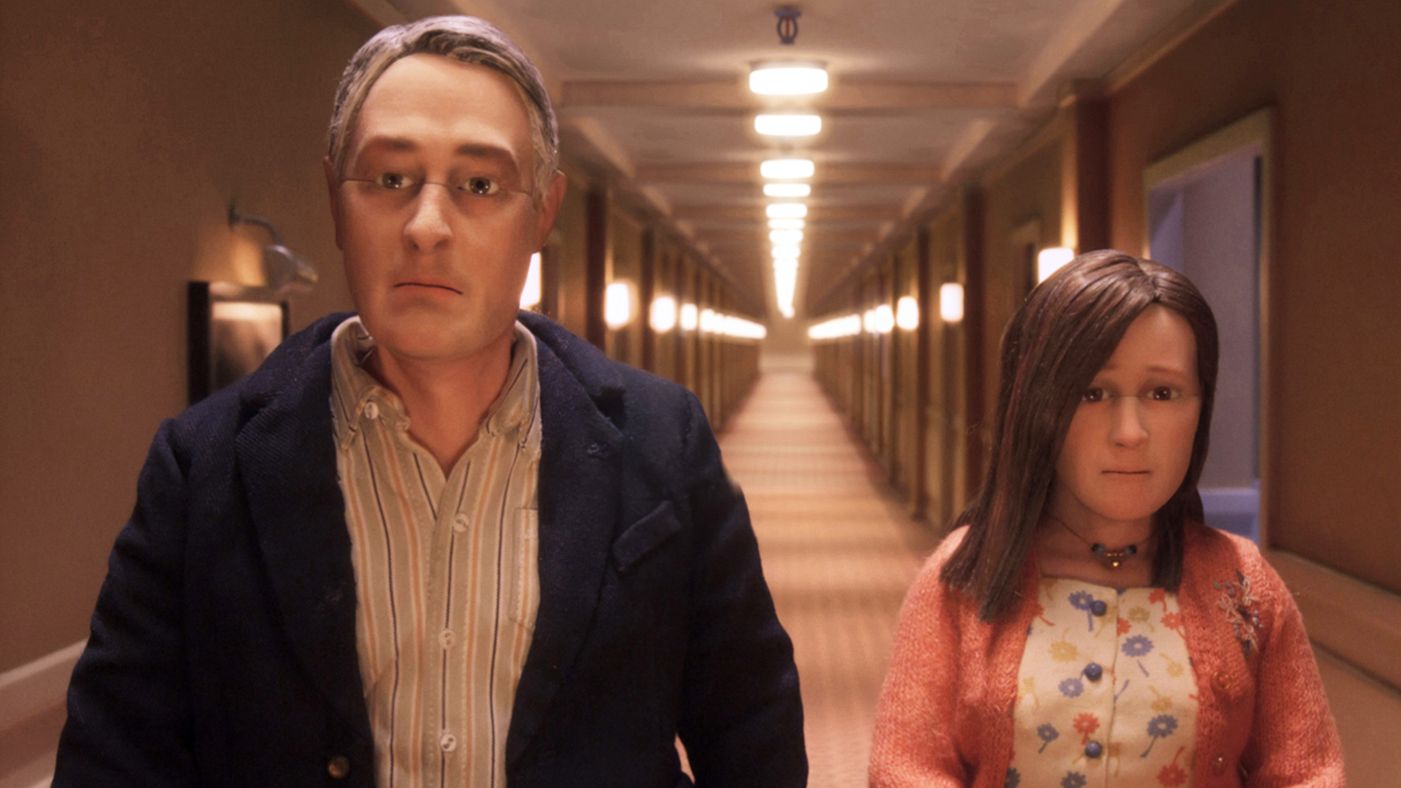This guest post written by Sarah Halle Corey appears as part of our theme week on Women Directors.
A lot has been said about Lena Dunham’s body. So much has been said, in fact, that upon a simple Google search of “lena dunham body,” I was overwhelmed with viable links to embed in this post. There are articles praising her positive body image and sharing of TMI, and other articles disparaging her for showing so much flabby skin, and even more articles questioning if we should even be talking about her body at all.
Dunham created and stars in the series Girls, a show on which she often presents her own naked body. She’s appeared naked on-screen countless times throughout the series’ five season run, and often in hyper-realistic situations: awkward sex, rolling out of bed in the morning, etc. And every time, Dunham’s “less-than-perfect” (according to normative societal conventions) body is showcased. It’s not uncommon for nudity to be a hot topic among media pundits and amateur critics alike. How much is too much? How much is too little? How does it serve the story? So when a supposed “less-than-perfect” naked body like Dunham’s is presented, it’s outside the norm and people rush to comment all the more because of that.
It makes sense that people love to discuss the bodies of actors: their bodies are displayed in front of us, something to observe and interpret just like the the sets and camera angles that are also presented on screen. Each frame of a movie or TV show is filled with choices that the director made, choices that the director wants the audience to see and connect to some meaning or vision. But what happens when the director makes herself – her body, specifically – one of those on-screen choices?
Every time someone calls to question the fact that Dunham parades her rolls of fat in front of her audience, we need to examine why they’re questioning it. Is it because they’re wondering how it serves the narrative of Girls? Or is it because they’re balking at “less-than-perfection” in the female form? These two issues often get conflated.
And then, when Dunham goes to defend her choice, she often needs to approach it from both perspectives. Dunham is both the creator and the creation itself, the sculptor and the slab of marble. So, not only must she defend the creative choice as a director, but also the existence of her own “less-than-perfect” body as a woman. Her defense is both an artistic one and a personal one.
In a way, Dunham’s predicament is representative of a lot of defenses that women creators find themselves being forced to make. Often times, female creators are seen as women first, creators second. The fact that Dunham puts her body, and thus a part of her womanhood, at the forefront of her art, just makes the defense all the more blatant for her. Women directors often need to take a stand to justify their art, and for Dunham that includes her body too.
By combining the director and her work into one, Dunham simply crystallizes the power of the creator in connection to her creation. Art is personal, and no one exemplifies that more than Lena Dunham.
See also at Bitch Flicks: Lena Dunham, Slenderman and the Terror of ‘Girls’; Let’s All Take a Deep Breath and Calm the Fuck Down About Lena Dunham
Recommended Reading: Considering All “Sides” of the Lena Dunham Debacle: A Reading List
Sarah Halle Corey is a writer, filmmaker, and digital content creator who produces work about pop culture, feminism, feelings, and everything in between. You can find her work at sarahhallecorey.com. Sarah is usually drinking way too much coffee and/or tweeting @SarahHalleCorey.

